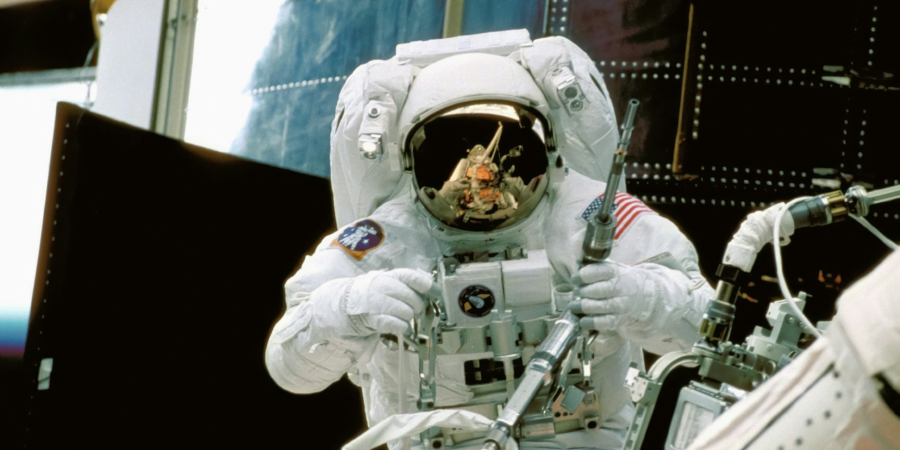Nevada’s Hidden Oasis: Why Cleaning Services Can Be Your Desert Dream Come True
Living in Nevada is a double-edged sword. Sun-drenched days, breathtaking landscapes, and endless entertainment options make it a paradise for many. But let’s face it, the desert heat and constant influx of sand and dust can leave your home feeling more like a dust bowl than an oasis. Here’s where cleaning services come in – Nevada’s hidden weapon in the fight for a clean and comfortable home.
Whether you’re a busy professional, a family juggling multiple schedules, or simply someone who hates cleaning, a cleaning service can be your Nevada lifesaver. They offer a variety of services to suit your needs, from deep cleans to regular maintenance, ensuring your home stays sparkling clean without you lifting a finger.
Here’s a deeper look at why cleaning services are an important part of life in Nevada:
1. Battling the Elements: Keeping Dust and Desert Debris at Bay
Nevada’s arid climate presents unique cleaning challenges. Dust storms are a frequent occurrence, blanketing homes in a fine layer of sand. High winds can wreak havoc, depositing pollen and debris on patios and balconies. Cleaning services can help you combat these desert invaders.
Imagine returning home from a long day at work in Las Vegas, only to find your pristine living room coated in a layer of dust thanks to a recent windstorm. A cleaning service can take care of that! They’ll tackle the dust bunnies hiding under the furniture, vacuum carpets with HEPA filters to eliminate allergens, and leave your home feeling fresh and breathable.
A recent University of Nevada, Reno study highlights the impact of dust on respiratory health, particularly in arid regions. This importance of battling dust makes cleaning services even more valuable for those with allergies or respiratory sensitivities.
2. Beyond the Basics: Freeing Up Your Time to Enjoy Nevada’s Treasures
Nevada offers a plethora of activities, from hiking stunning red rock canyons to exploring vibrant nightlife. But who has time for all that fun when you’re stuck at home cleaning? Cleaning services can free up your precious time to enjoy all Nevada has to offer.
Imagine spending your weekends exploring the beauty of Lake Tahoe instead of scrubbing floors and dusting shelves. A cleaning service can handle those chores, allowing you to create lasting memories with family and friends or simply relax and recharge.
A Society for Human Resource Management study emphasizes the importance of leisure time for overall well-being. By delegating cleaning tasks, cleaning services indirectly contribute to your health and happiness, allowing you to enjoy the work-life balance that Nevada’s lifestyle promises.
3. Expertise and Efficiency: Professional Cleaning for a Deeper Clean
Let’s be honest, most of us aren’t professional cleaners. Cleaning services bring expertise and efficiency to the table. They use specialized equipment and cleaning products to tackle even the toughest grime, leaving your home not only clean but also sanitized.
Imagine tackling stubborn oven grease stains or wrestling with a grimy shower door. With a cleaning service, these become a thing of the past. They have the knowledge and tools to remove built-up dirt, leaving your kitchen sparkling and your bathroom gleaming.
A recent American Cleaning Institute report highlights the effectiveness of professional cleaning methods in combating bacteria and germs. This importance of thorough cleaning is especially relevant in a state like Nevada, where hot temperatures can accelerate bacterial growth.
While the initial cost of a cleaning service might seem like an expense, consider it an investment in your well-being, free time, and a clean, healthy home environment. Nevada has enough things to keep you busy – let the cleaning be someone else’s desert adventure! So, ditch the mop and bucket, embrace the freedom, and let a cleaning service transform your home into a true Nevada oasis.













